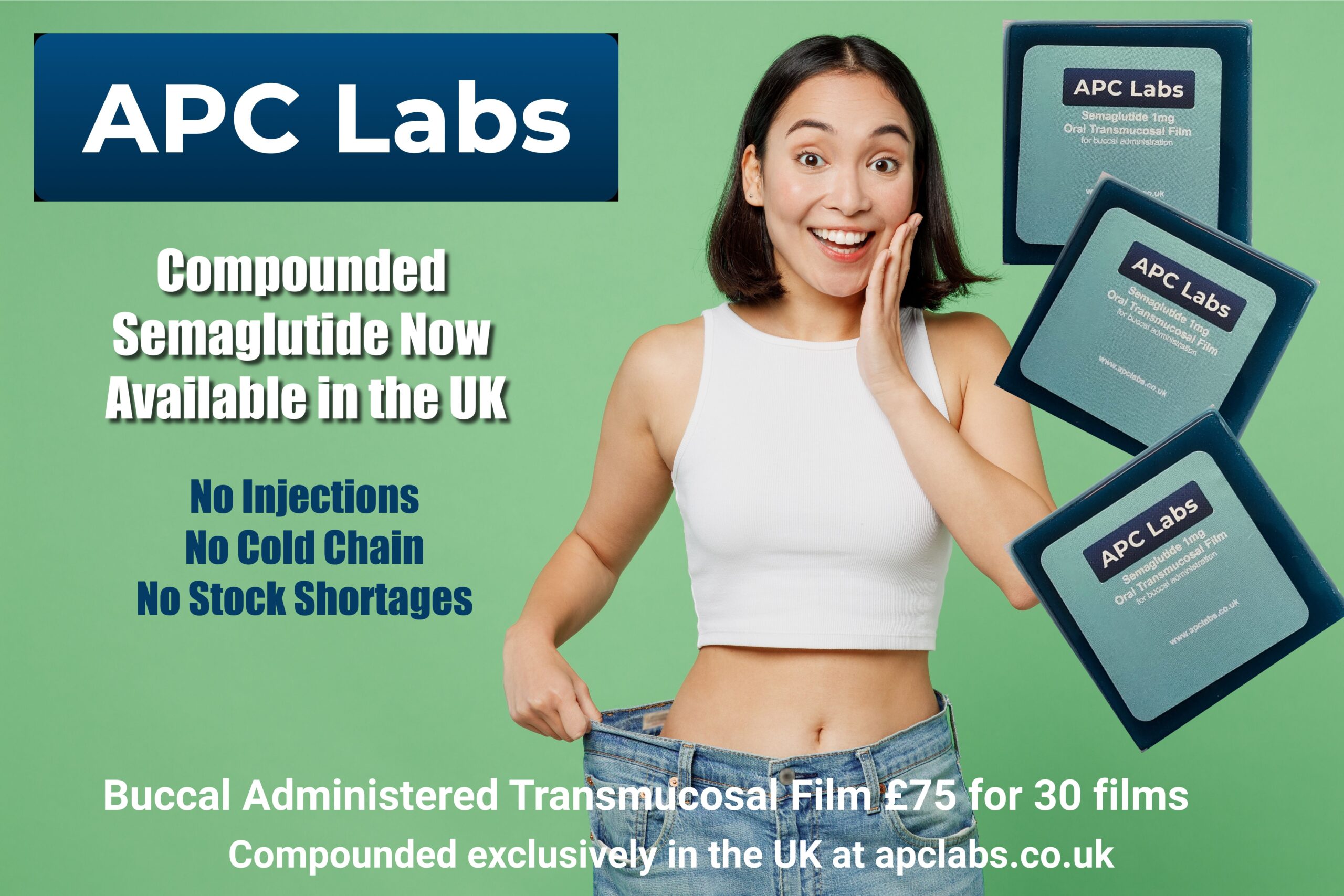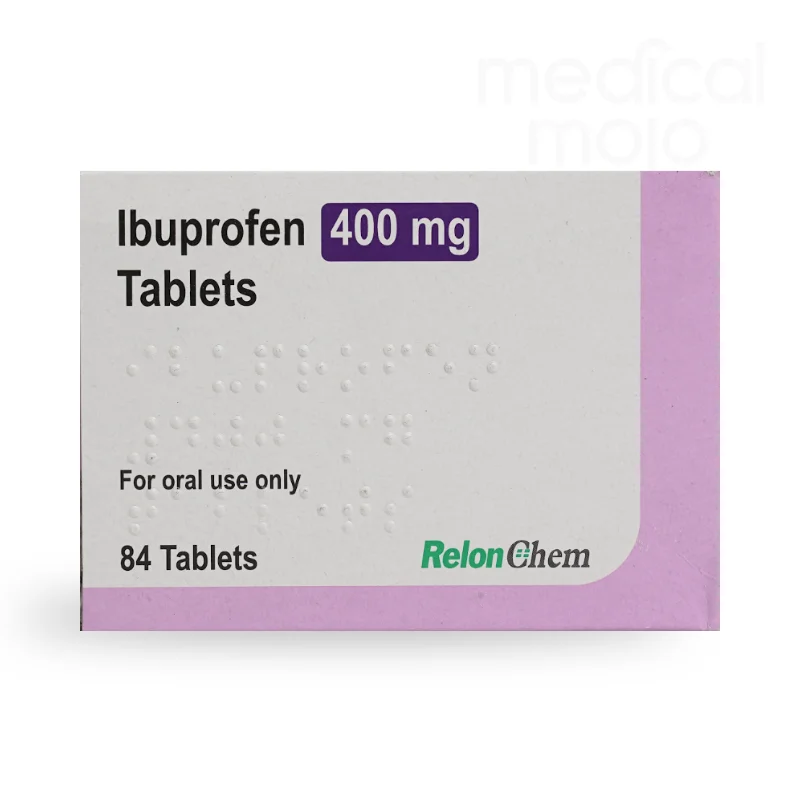Can Paramol cause addiction?
Paramol is only suitable for up to 3 days of use as it contains dihydrocodeine, an opioid analgesic. Addiction is very unlikely if Paramol is taken as directed. Read the Patient Information Leaflet thoroughly for more information about how to take Paramol. If you think you may be addicted or are experiencing withdrawal symptoms, speak to a doctor or pharmacist as soon as possible.
What are the signs of addiction to Paramol?
Signs of addiction may include finding it difficult to stop taking Paramol, needing to take more Paramol for it to have an effect, and needing to take Paramol more often. Withdrawal symptoms may include feeling agitated, more nervous than usual, sweating more than usual, and shaking.
Can I drink alcohol while taking Paramol?
It is not recommended to drink alcohol when taking Paramol, as alcohol can increase the likelihood of drowsiness as a side effect of dihydrocodeine. Drinking alcohol while taking paracetamol can also increase your risk of liver damage.
Is Paramol safe to use during pregnancy and breastfeeding?
Paramol is not suitable for use during pregnancy or breastfeeding. If you are experiencing pain during this time, speak to a doctor or pharmacist for alternative pain relief options.
Can I drive while taking Paramol?
The dihydrocodeine in Paramol can impair mental function, cause blurred vision, and make you drowsy. It is not recommended to drive or operate heavy machinery until you know how this medication affects you. Under the Drug Driving Act, it is now an offense to drive if a medication affects your ability to drive. If you are concerned about your ability to drive when taking Paramol, speak to a doctor or pharmacist.
How long can I take Paramol?
Paramol should only be taken for up to 3 days. If pain persists beyond this period, consult your doctor or pharmacist for further advice.
What conditions can Paramol treat?
Paramol is effective for treating moderate pain associated with conditions such as headaches, migraines, period pain, dental pain, back pain, muscular pain, joint pain, and nerve pain.
How should I take Paramol?
Adults and adolescents aged 16 years and over should take one or two tablets every four to six hours as needed, not exceeding 8 tablets in 24 hours. Adolescents aged 12-15 should take one tablet every four to six hours, not exceeding 4 tablets in 24 hours. Paramol is not recommended for children under 12 years.
What are the possible side effects of Paramol?
Common side effects include constipation, nausea, and drowsiness. Serious side effects may include allergic reactions, breathing problems, dizziness, and unusual bruising or bleeding. If you experience any severe side effects, seek medical attention immediately.
Can I take Paramol with other medications?
Inform your doctor or pharmacist if you are taking any other medications, especially MAOIs, blood thinners, antiemetics, antidepressants, or sedatives. Some medications can interact with Paramol and increase the risk of side effects.
Can I take Paramol with Ibuprofen?
Yes, it is safe to take Paramol with Ibuprofen or Aspirin. However, do not take Paramol with any other products that contain paracetamol, as Paramol already includes your total paracetamol dose. Be aware that many over-the-counter cold and flu medications contain paracetamol.
Can I take Paramol with Amoxicillin?
Yes, it is safe to take Paramol with amoxicillin and other antibiotics. However, several other medications may not be suitable to take at the same time as Paramol. Please refer to the Warnings section for a list of these medications.
What conditions can Paramol treat?
Paramol is effective for treating moderate pain associated with conditions such as headaches, migraines, period pain, dental pain, back pain, muscular pain, joint pain, and nerve pain.
What should I do if I overdose on Paramol?
Like with all medications, taking more than the recommended dose of Paramol can be harmful. If you think you have taken too much, stop taking the medication immediately and speak to a doctor or pharmacist. Seek medical advice immediately if you experience any of the following side effects:
- Becoming very sleepy
- Becoming dizzy
- Difficulty breathing
- Becoming unconscious











